Phone call led aid groups to paramedics buried in a Gaza grave
A deadly incident with Israeli soldiers sparks an investigation and calls for justice.
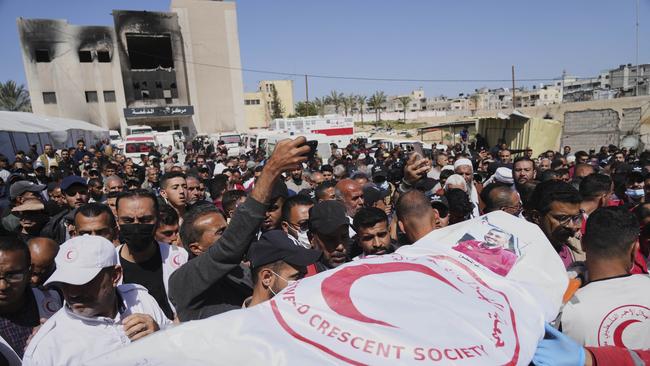
A United Nations team had spent several fruitless days waiting for Israeli forces to permit them to look for a group of Palestinian emergency workers who disappeared after being fired on by Israeli soldiers. Then, a call came in from Israel’s military that would end their wait.
It pointed them to a mass grave marked by a white electricity pole in the Gaza border town of Rafah, said Jonathan Whittall, the head of the United Nations’ humanitarian office in Gaza and the West Bank who received the call.
The UN team found 14 bodies in the grave, including eight paramedics with the Palestine Red Crescent Society and six members of the Palestinian Civil Defense, which includes firefighters and emergency responders. The body of a UN worker was found in a different location. Another paramedic is missing. One survived.
“I was hearing gunfire, but had no idea where it was coming from,” the surviving paramedic, Monzer Jehad Abed, said in an interview with The Wall Street Journal.
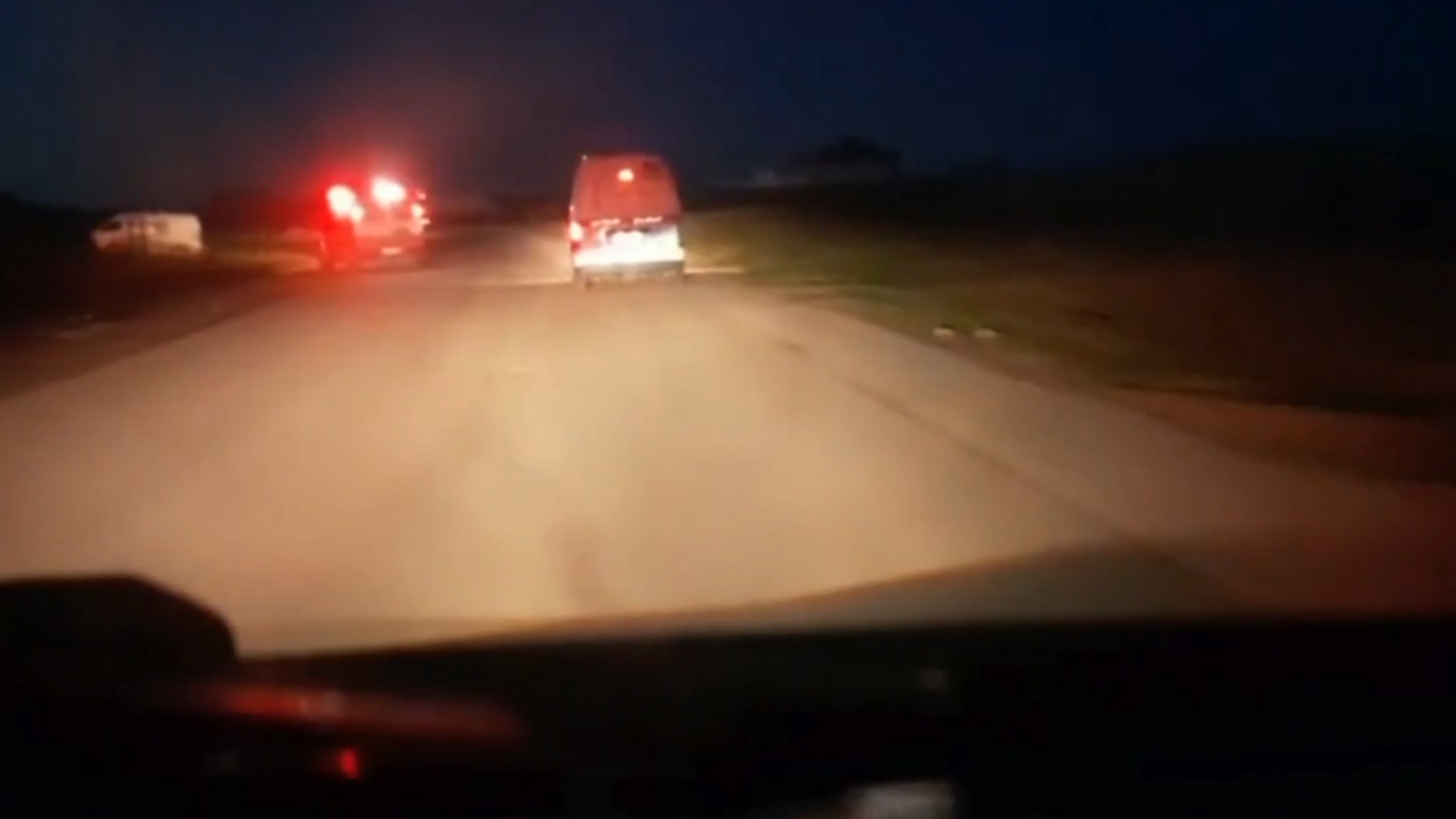
Many of the badly decomposed bodies unearthed from the graves were still wearing the orange vests of the Palestine Red Crescent Society, according to dozens of videos and photos seen by The Wall Street Journal. Some wore medical gloves. The mangled wreckage of the ambulances and other medical vehicles were also buried in the sand.
On Friday, Sameh Hamed, a forensics expert who examined the bodies at Nasser Hospital, said their decomposition and damage from animals made it difficult to find evidence. The bodies did show multiple gunshot wounds in the chest, abdomen and head, he said. The bullets were mostly from M16 rifles, he said.
“All the bodies had bullet wounds concentrated in the upper part,” said Hamed, the director of criminal evidence in Khan Younis governorate. One body, he said, showed signs of being shot in the back of the head. Another was shot six times in the torso, he said.
The discovery of the bodies sparked an outcry from the UN and a probe by Israel’s military into why the rescue workers ended up dead and buried in a corner of the war-torn enclave.
“It’s a war being fought without limits, and there needs to be accountability,” Whittall said.
The war in the Gaza Strip has killed more than 50,000 people, according to Palestine authorities, who don’t say how many were combatants. Israel says it targets militants, tries to reduce collateral damage and blames Hamas for fighting amid civilians.
“The event that took place on March 23, 2025 is under thorough examination process,” Israel’s military said. “All claims, including the documentation circulated about the incident, will be thoroughly and deeply examined to understand the sequence of events and the handling of the situation.”
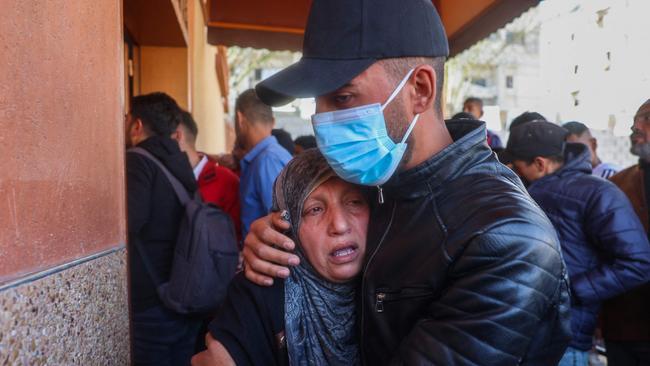
Both sides agree on the basic facts of the incident. In the early morning hours of March 23, a few days after Israel ended a two-month ceasefire and returned to fighting in Gaza, Israeli forces opened fire on ambulances entering a neighbourhood in the town of Rafah, which sits along the border with Egypt.
The shooting killed many in the crews, who had arrived to assist people wounded by an Israeli air strike. As other ambulances, a firetruck and a UN vehicle arrived over the next several hours to search for their missing colleagues, they too were struck by Israeli forces.
Israeli military spokesman Lt. Col. Nadav Shoshani said in a post on X that the vehicles hadn’t co-ordinated with the military in advance and moved suspiciously toward the troops with their headlights and emergency signals off. The troops responded by opening fire, he said.
Afterwards, Israeli soldiers approached the bodies and verified their identities, he said in a briefing with journalists on Thursday. They concluded they had killed an alleged Hamas militant, Mohammad Amin Ibrahim Shubaki, who Israel says took part in the Oct. 7, 2023, attacks that left around 1,200 dead and 251 taken hostage and sparked the conflict.
Eight other militants from Hamas and Islamic Jihad were also killed, Shoshani said, saying they had been identified via intelligence and information gathered on the ground, without providing more details or their names. The Israeli military didn’t respond to requests for comment on whether it believed the other six people who were killed were also militants.
The Palestine Red Crescent, the Palestinian Civil Defense and the UN said those killed were unequivocally humanitarian workers. All of their names have been released publicly. Shubaki, the alleged Hamas militant, isn’t on their list of the dead. The Israeli military didn’t respond to a request for comment on the discrepancy in the names.
The Palestine Red Crescent, the Palestinian Civil Defense and the UN also said the vehicles were clearly marked with their logos on the day of the incident. Israel hadn’t closed off the area as a “red zone” as of 3:30am on March 23, when the first ambulances departed for Rafah, so the teams weren’t required to co-ordinate their movements with the Israeli military, said Nebal Farsakh, a spokesperson for the Palestine Red Crescent Society. Israel’s military didn’t respond to a request for comment on the status of the area.
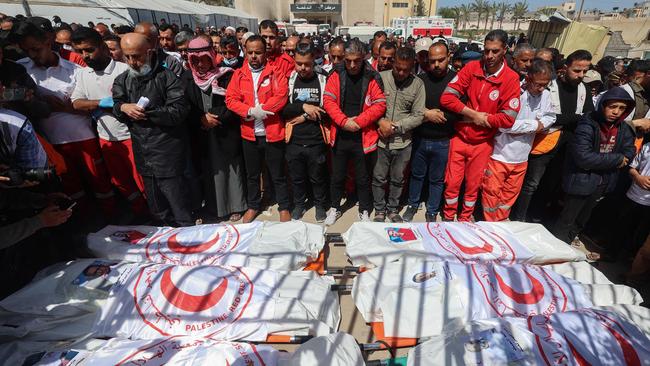
Abed, the sole known survivor, said the vehicles’ emergency lights and siren were turned on that morning. He said his ambulance was among the first to get hit. He lay on the floor as bullets pounded the vehicle. Minutes later, Israeli forces pulled him from the wreckage and pushed him behind a wall. His two colleagues, he learned later, were dead.
Israeli soldiers ordered Abed to sit down next to medic Ass’ad al-Nasasra, who had been in another ambulance that morning and was sitting blindfolded with his hands tied. They spoke in hushed tones for a few minutes, asking each other about the fates of their colleagues. Abed told Nasasra that he heard two members of his team reciting the shahada, the Islamic declaration of faith, as the bullets were hitting their vehicle.
“That was the last moment I saw him,” said Abed, who said he too was blindfolded a few minutes later. “After that, I don’t know what happened to him.”
The Palestine Red Crescent says Nasasra is still missing. Farsakh said they have reached out to the Israeli forces, through the UN and the International Committee of the Red Cross, to see if he is still in their custody. They are waiting for a response, she said.
Abed said Israeli troops detained him for hours and beat him with the butts of their rifles before releasing him the next day. Israel didn’t respond to a request for comments about Abed or Nasasra.
A smartphone video posted by the Palestine Red Crescent Society, which said it was shot by one of the killed medics, shows ambulances and firetrucks speeding toward the site with their emergency lights on. Shots are fired, and the screen goes black, as the gunfire continues for several minutes.
Seven days later, the scene was chaotic as the UN team arrived to recover the bodies. They saw a woman get shot, then two civilians running across a road as gunfire erupted. One fell to the ground, according to a video released by the UN. “Another one shot, Another one shot,” a UN employee says in the footage. It was unclear who had opened fire.
Israel’s probe will be undertaken by the General Staff Fact-Finding Assessment Mechanism, which looks into allegations of misconduct by the armed forces. The military will use the findings to determine whether or not to open a criminal investigation.
Wall Street Journal


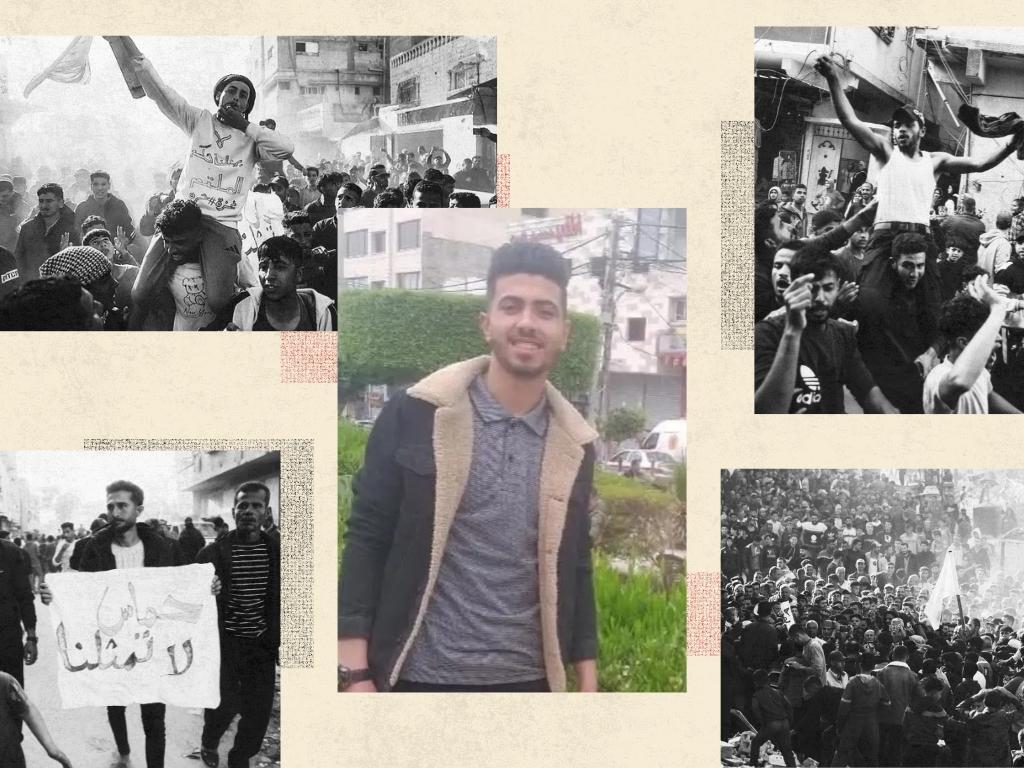
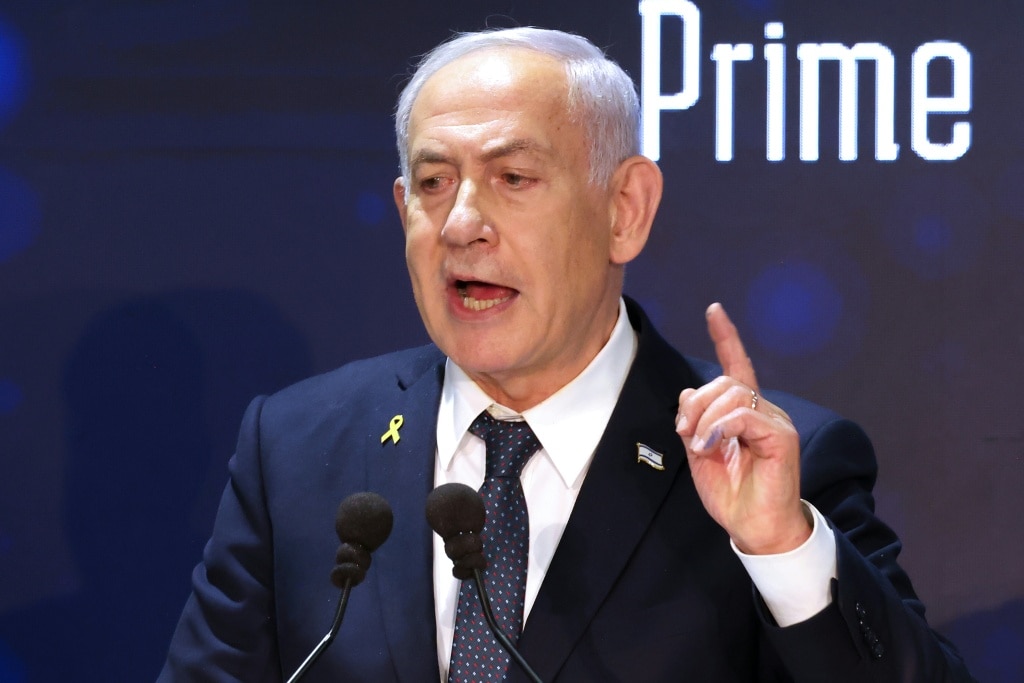

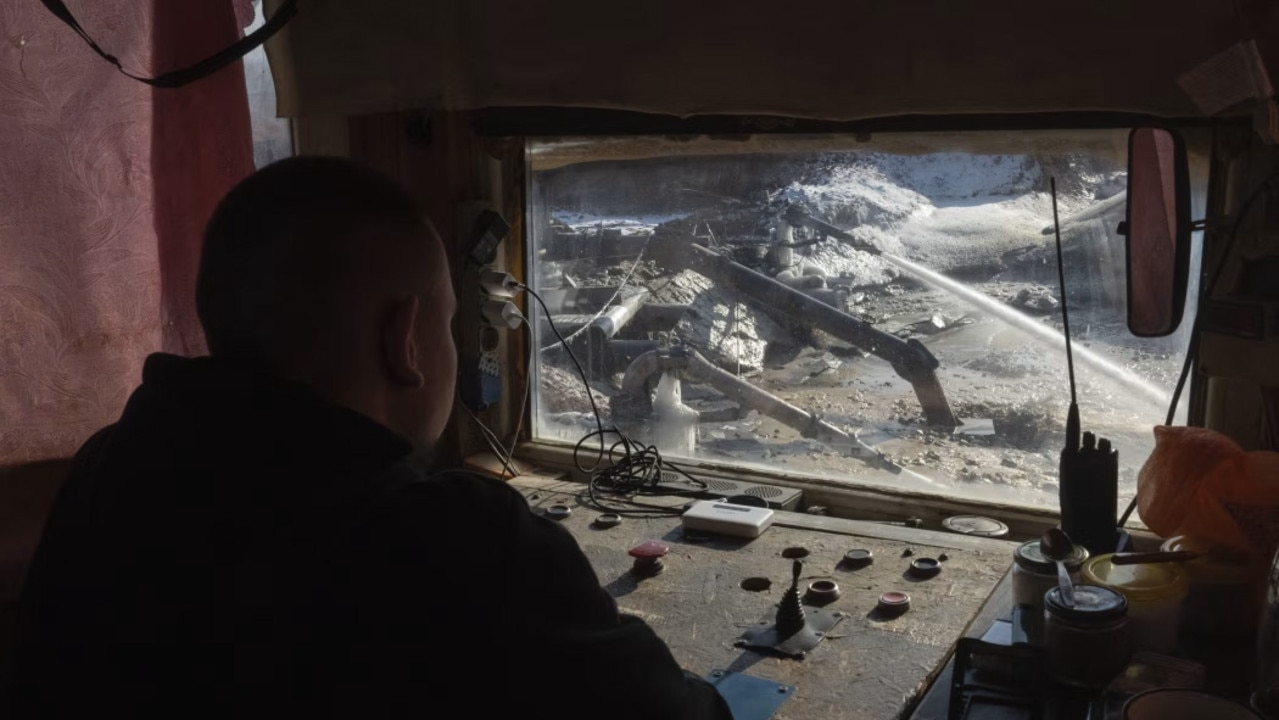
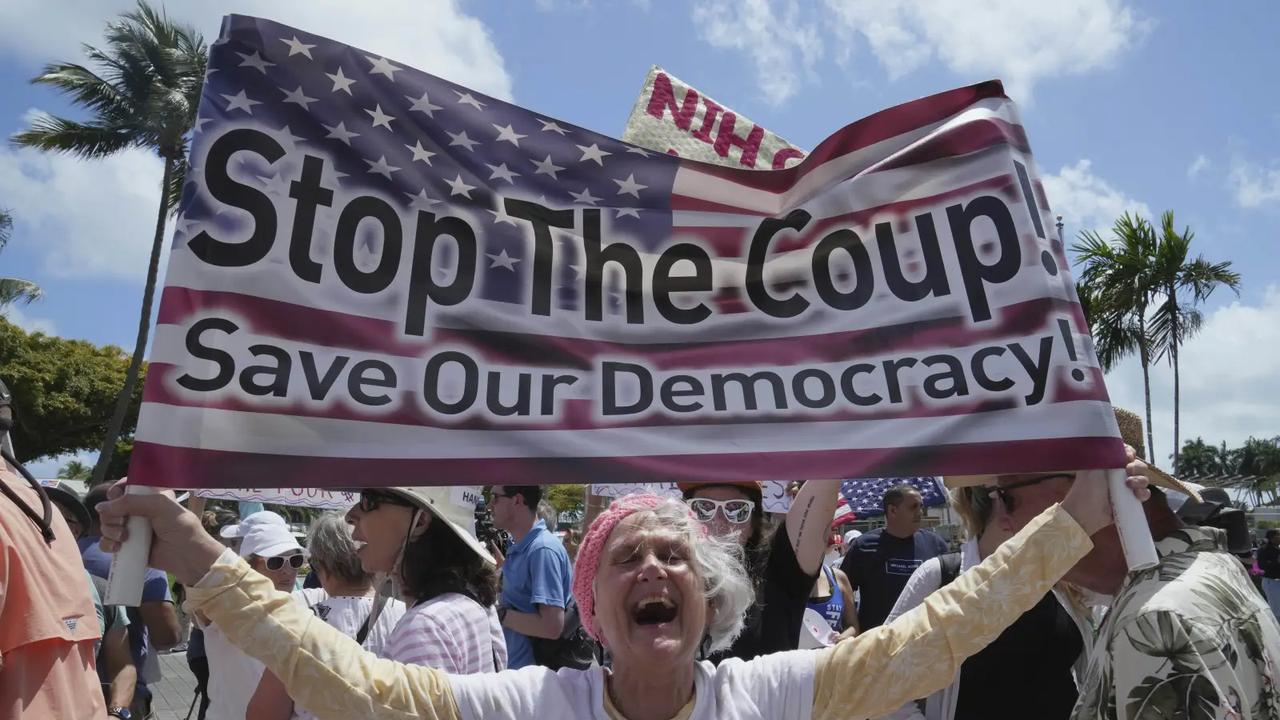
To join the conversation, please log in. Don't have an account? Register
Join the conversation, you are commenting as Logout